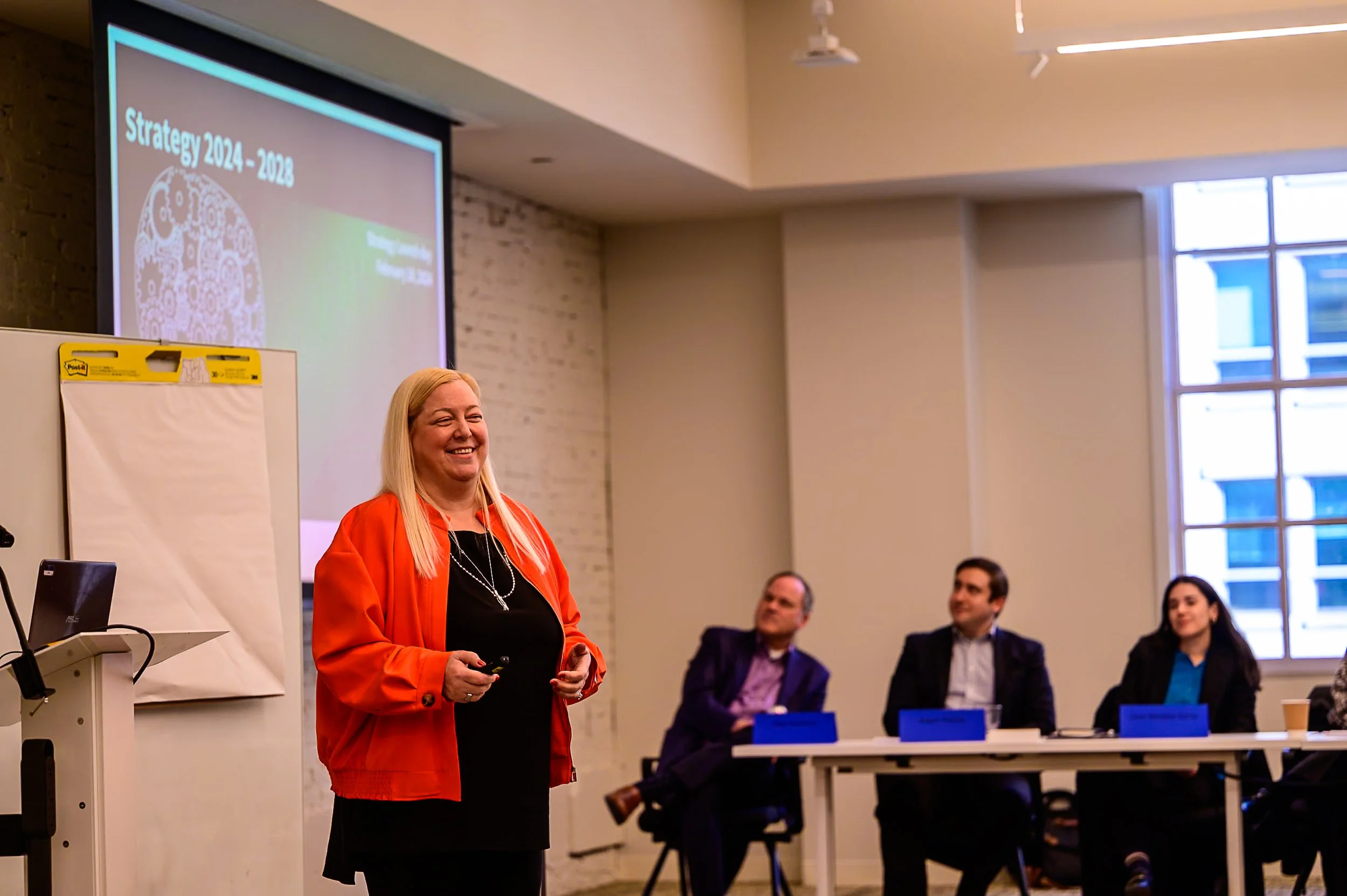
Arc Aspicio Supports Anti-Human Trafficking Non-Profit Organization
Arc Aspicio Supports Anti-Human Trafficking Non-Profit Organization
Washington, DC, February 14, 2017 — Arc Aspicio started a pro bono project for Courtney’s House, a non-profit organization dedicated to helping the victims and survivors of human trafficking. Arc Aspicio supports Courtney’s House on their priority needs.
The partnership, which started in October 2016, includes an extensive strategy for communications, fundraising, and volunteer coordination. This streamlines Courtney’s House day-to-day business activities and extends the non-profit’s outreach to communities and survivors.
“The partnership with Courtney’s House was a natural fit for us and we are excited to continue making an impact on the fight against human trafficking,” says Despina Panagoulias, an Arc Aspicio manager leading the pro bono project. “Refreshing their website, establishing a better social media presence, and organizing their fundraising and volunteer outreach means that Courtney’s House has a greater ability to save lives and spread the word about the dangers of human trafficking.”
The pro bono support that Arc Aspicio provides for Courtney’s House aligns closely with the company’s mission. Arc Aspicio is devoted to the fight against human trafficking, and the company continues to pursue projects supporting this mission. Arc Aspicio won the GovCon Program of the Year Award for their data analytics project combating human trafficking in 2014.
Pro bono work is part of a broad community involvement strategy that has previously included work with the National Disaster Search Dog Foundation and the Central Union Mission in Washington, D.C.
Contact Information
Lynn Ann Casey
Chief Executive Officer
info@arcaspicio.com
1.703.465.2060
About Arc Aspicio
Arc Aspicio is a management, strategy, and technology consulting firm that takes a mission-oriented approach to complex client challenges. As a rapidly growing company, Arc Aspicio has a bold strategy for 2016-2018 that drives growth through new capabilities in strategy, design, human capital, data analytics, information sharing, cybersecurity, and strategic communications. The company is known for a strong, collaborative culture that values gratitude – for its clients and its great team. And, #welovedogs! Follow us on Twitter @arcaspicio or learn more at www.arcaspicio.com.
About Courtney’s House
Courtney’s House is a non-profit organization dedicated to helping women and children escape and heal from human trafficking and creating awareness of the reality of human trafficking. In 2010, the founder, Tina Frundt, was awarded the Frederick Douglass Award, which is given to an individual who has survived slavery and is using their life in freedom to help others. Since the organization’s founding in 2008, it has helped more than 500 people escape from human trafficking and find a new life. Follow Courtney’s House on Twitter @Courtneyshouse or learn more about Courtney’s House at http://www.courtneyshouse.org/.





















